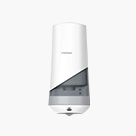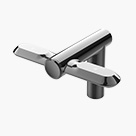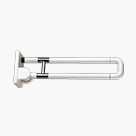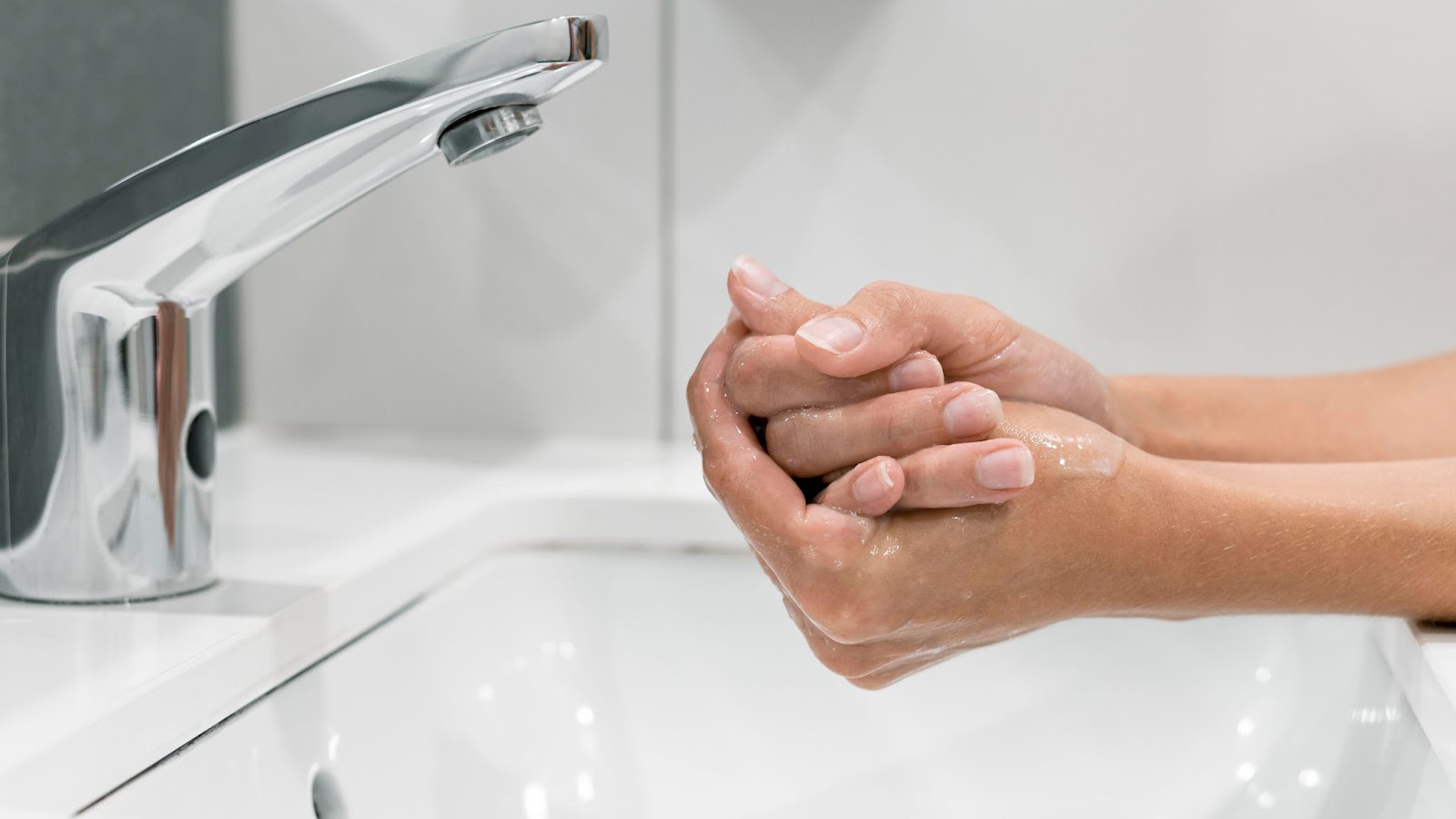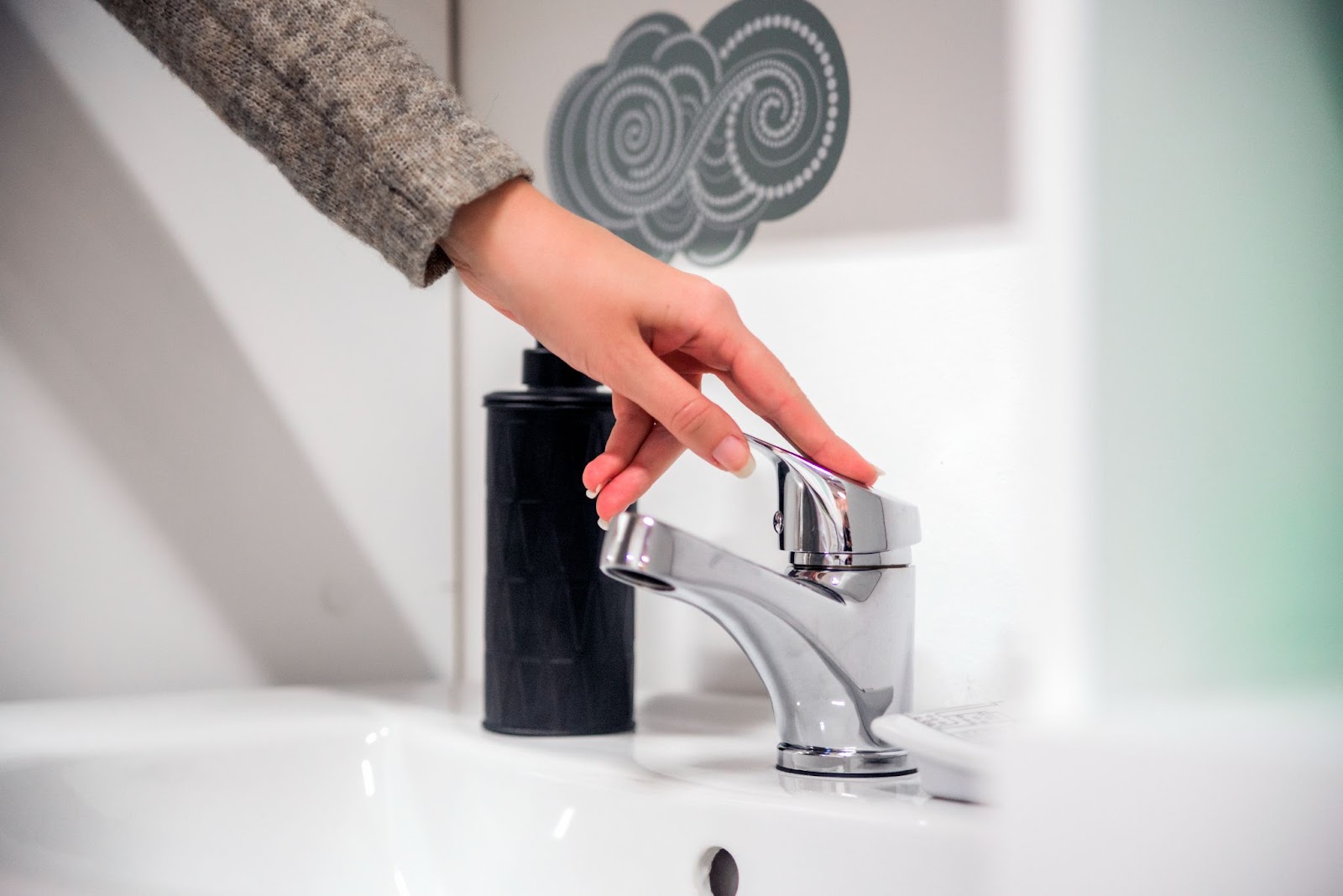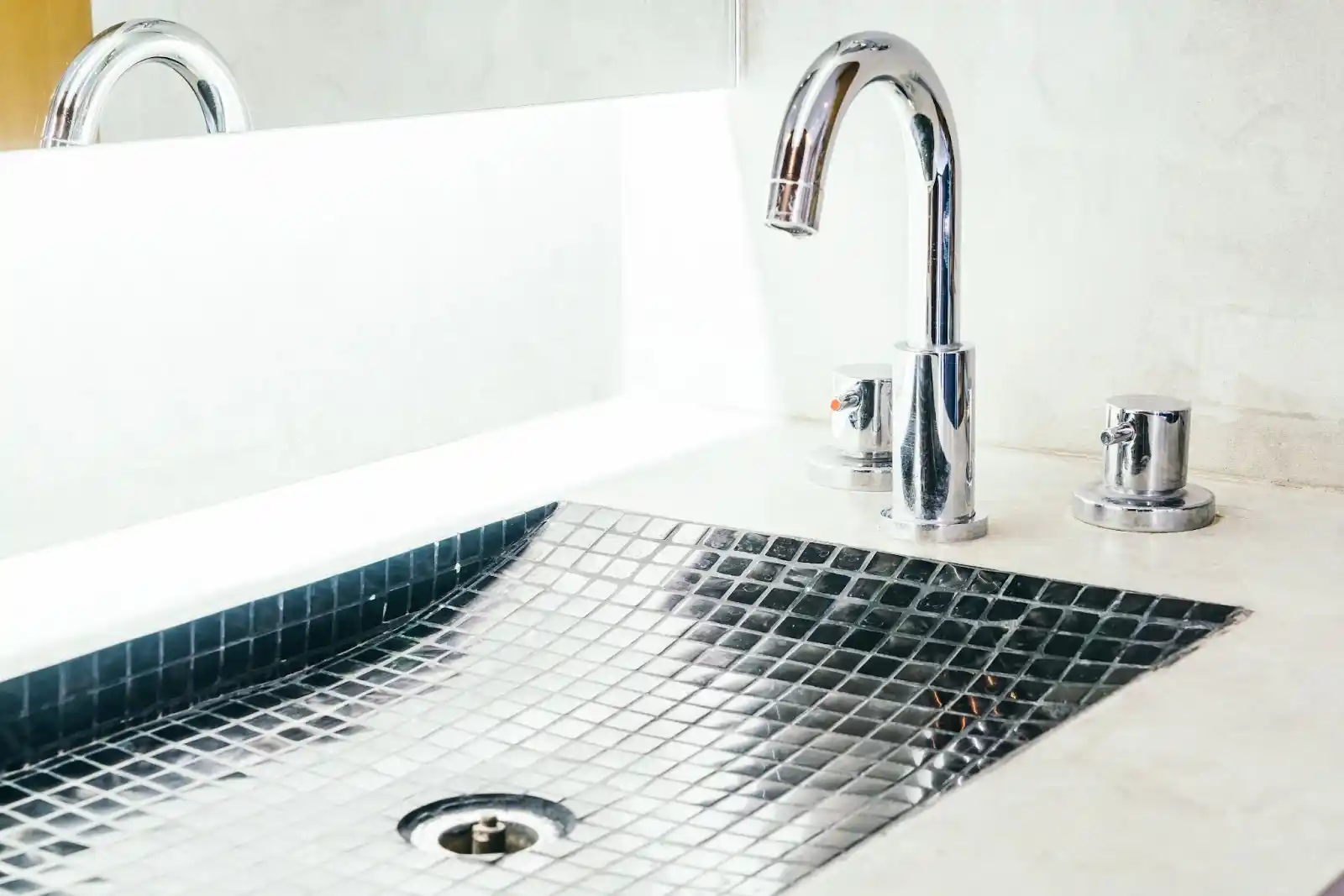Baby changing stations are not always required in public restrooms, but laws vary by location.
In the U.S., federal buildings must have them under the BABIES Act, but private businesses follow state and local regulations.
Some states, like California and New York, require changing stations in certain public places, while others leave it up to businesses.
Even when not mandatory, installing a commercial baby changing station improves accessibility and enhances customer satisfaction.
This article explores the legal requirements, benefits, and key considerations for businesses and public facilities.
Federal Legislation on Baby-Changing Stations
In 2016, the Bathrooms Accessible in Every Situation (BABIES) Act was enacted, requiring that publicly accessible federal buildings provide baby-changing facilities in both men’s and women’s restrooms.
This legislation aims to promote inclusivity and ensure that caregivers of any gender have access to necessary facilities.
However, the BABIES Act applies specifically to federal buildings and does not extend to private businesses or non-federal public facilities.
State and Local Regulations on Baby-Changing Stations
Beyond federal mandates, several states have enacted their own laws regarding baby-changing stations:
California
Assembly Bill 1127 requires that public buildings with a maximum occupancy of over 60 persons, shopping centers larger than 25,000 square feet, and retail stores over 5,000 square feet must provide at least one safe, sanitary, and convenient baby diaper changing station accessible to both men and women.
Exceptions include nightclubs and bars.
Illinois
House Bill 3711 mandates that all public buildings have baby changing stations available to both men and women.
Arizona
House Bill 2113 requires all public entities to install at least one changing station suitable for babies and adults when constructing or renovating a restroom.
These examples illustrate the growing trend of state-level legislation addressing the need for baby-changing facilities in public restrooms.
It’s important to note that requirements can vary significantly between jurisdictions, and businesses should consult local regulations to ensure compliance.
Americans with Disabilities Act (ADA) Considerations
While the ADA does not explicitly mandate the inclusion of baby changing stations, it provides guidelines to ensure that facilities are accessible to individuals with disabilities.
Incorporating baby changing stations in accessible stalls or restrooms is highly recommended to ensure usability by all individuals, including those with disabilities who may be caregivers or parents.
Baby-Changing Stations: Implications for Businesses
For businesses, especially those in the hospitality and retail sectors, the inclusion of baby changing stations can enhance customer satisfaction and broaden the appeal to families.
While not all jurisdictions mandate these facilities, providing them can be seen as a commitment to customer service and inclusivity.
Moreover, as legislation continues to evolve, proactively installing baby changing stations can help businesses stay ahead of potential regulatory requirements.
Are Baby Changing Stations Required by Law in Restaurants?
Laws regarding baby changing stations in restaurants vary by location. In the U.S., the federal BABIES Act applies only to federal buildings, not private businesses like restaurants.
However, some states and cities have laws requiring restaurants to provide baby-changing facilities.
For example, California mandates baby changing stations in new or renovated public restrooms, including restaurants.
In New York City, a 2018 law requires certain businesses, including restaurants, to have changing stations in both men’s and women’s restrooms.
Restaurant owners should check state and local regulations to ensure compliance, as failure to provide these amenities may impact customer satisfaction and accessibility.
Are Changing Tables Required in Public Restrooms?
The Americans with Disabilities Act (ADA) does not specifically require changing tables in public restrooms, but it encourages accessible facilities for all caregivers.
While some states and cities have passed laws requiring baby changing stations in public restrooms, there is no universal requirement across the U.S.
States like California, Illinois, and Arizona have enacted laws mandating changing tables in certain public places, including shopping centers, airports, and government buildings.
For businesses and public facilities, installing changing tables can improve customer experience and demonstrate a commitment to inclusivity, even if not legally required.
Are There Safety Standards for Baby Changing Stations?
While laws determine where baby changing stations are required, safety standards ensure they are reliable and secure.
Organizations like ASTM International and ADA (Americans with Disabilities Act) set guidelines on weight capacity, accessibility, and installation height.
Many commercial baby changing stations must also meet fire safety and material durability regulations.
Businesses should choose models that comply with these standards to protect users and avoid liability issues.
Baby-Changing Stations: Conclusion
While there is no universal mandate requiring baby changing stations in all public restrooms, a combination of federal, state, and local regulations increasingly influence their inclusion.
Businesses and public entities should stay informed about applicable laws in their areas and consider the benefits of providing these facilities to accommodate all patrons.
By understanding and adhering to these regulations, businesses can ensure they provide safe, accessible, and family-friendly environments for all visitors.







